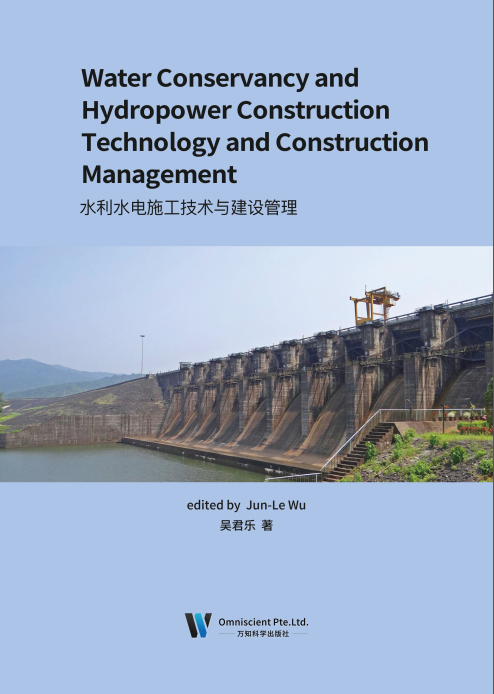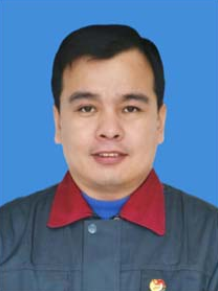
Preface
China is a country with numerous water conservancy projects, with a history of water control as long as Chinese civilization, and has made a splendid achievement. From the world-famous Dujiangyan Irrigation System to the magnificent Three Gorges Project, and From the “dingjiuzhou” of Dayu’s flood control to the “Three Guarantees” of millions of soldiers and people in the “98 Flood” (to ensure the safety of the Yangtze River main dike, important cities and people’s lives), the Chinese nation has been united and developed in the struggle against water disasters. Special geographical condition determines that eliminating water disasters and promoting water conservancy are very important for national governance. Splendid water conservancy makes stable country, and rich provisionment makes prosperous industries. Individuals who were good at national governance did attach great importance to water control in all previous dynasties. Many water conservancy projects with great technical difficulties such as the Dujiangyan Irrigation System, the Yellow River Dike, the North-South Grand Canal have been built in the past thousands of years. In the struggle against flood, the plugging method combining horizontal plugging with vertical plugging has been created, as well as the construction experience of grass-soil cofferdam has been obtained. These great water conservancy projects and unique construction techniques still play a role and effectively promote the development of water conservancy and hydropower construction in our country.
Despite those great achievements, it should be recognized that there is still a big gap between China and those advanced countries in the water conservancy construction. For example, the study, popularization and use of new technology and process are insufficient; the construction machinery is still relatively backward because of a lack of accessories, which leads to a low utilization and level of construction organization and management. The above examples are not compatible with the development of China’s hydropower construction, which requires us to sum up past experiences and lessons, and strive to learn and introduce foreign advanced technology and scientific management methods, to find a new way for the construction of water conservancy and hydropower projects which issuitable for the garden situation of our country.
前 言
我国是水利大国,与华夏文明一样,治水的历史源远流长,治水的成就灿烂辉煌。从举世闻名的都江堰,到气势磅礴的三峡工程;从大禹治水的“定九州”,到“98 大洪水”百万军民的“三个确保”(确保长江干堤安全,确保重要城市安全、确保人民生命安全),中华民族在与水的抗争中得到凝聚和发展。特殊的自然地理条件,决定了除水害、兴水利历来是我国治国安邦的大事。水利兴则天下定,仓廪实,百业兴。历代善治国者均以治水为重。几千年来,修建了都江堰工程、黄河大堤、南北大运河以及其他许多施工技术难度大的水利工程。在抗洪斗争中,创造了平堵与立堵相结合的堵口方法,取得了草土围堰等施工经验。这些伟大的水利工程和独特的施工技术,至今仍发挥着作用,有力地促进了我国水利水电建设的发展。
在取得巨大成就的同时,应认识到我国施工水平与先进国家相比尚有较大差距。如新技术、新工艺的研究、推广、使用不够;施工机械还比较落后,配套不齐,利用率不充分,施工组织管理水平不高。这些和我国水电建设事业的发展是不相适应的,这就要求我们必须认真总结过去的经验和教训,努力学习和引进国外先进的技术和科学的管理方法,走出一条适合我国园情的水利水电工程建设新路。

Jun-Le Wu, male, the Han nationality, born in Shijiazhuang City, Hebei Province in March 1979. He graduated from Hebei University of Engineering in 2010, majoring in water conservancy and hydropower engineering. He has been working in the construction and management of water conservancy projects since he started to work, and was recognized as a Senior Engineer in November 2015. Now he is the director of Tuxianzhuang Management Office of Shijin Irrigated Area Affairs Center in Hebei Province, in charge of the overall work of the unit.
吴君乐,男,汉族, 1979 年 3 月生,河北石家庄人。 2010 年毕业于河北工程大学水利水电工程专业。 参加工作后一直从事水利工程建设与管理工作, 2015 年 11 月评为高级工程师。现任河北省石津灌区事务中心土贤庄管理处处长,负责单位全面工作。